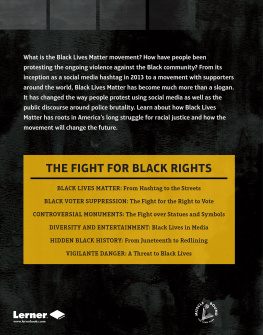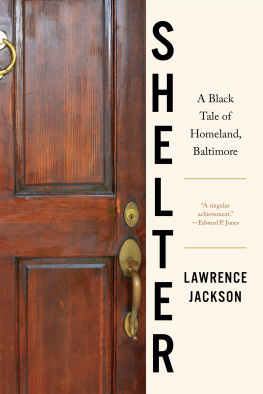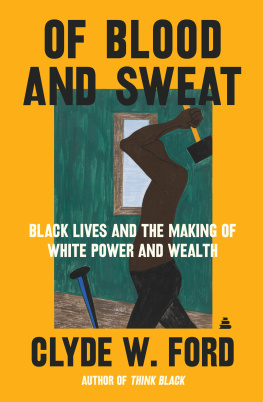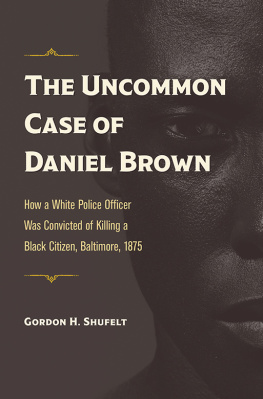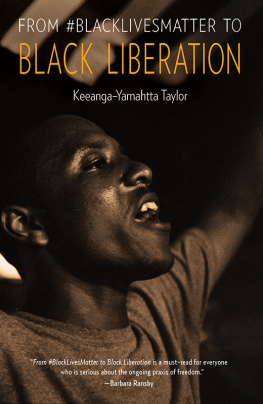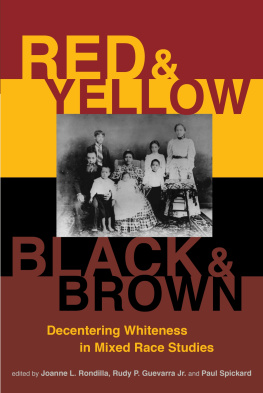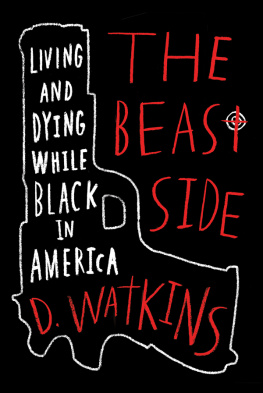Lawrence T. Brown - The Black Butterfly: The Harmful Politics of Race and Space in America
Here you can read online Lawrence T. Brown - The Black Butterfly: The Harmful Politics of Race and Space in America full text of the book (entire story) in english for free. Download pdf and epub, get meaning, cover and reviews about this ebook. year: 2021, publisher: Johns Hopkins University Press, genre: Politics. Description of the work, (preface) as well as reviews are available. Best literature library LitArk.com created for fans of good reading and offers a wide selection of genres:
Romance novel
Science fiction
Adventure
Detective
Science
History
Home and family
Prose
Art
Politics
Computer
Non-fiction
Religion
Business
Children
Humor
Choose a favorite category and find really read worthwhile books. Enjoy immersion in the world of imagination, feel the emotions of the characters or learn something new for yourself, make an fascinating discovery.

- Book:The Black Butterfly: The Harmful Politics of Race and Space in America
- Author:
- Publisher:Johns Hopkins University Press
- Genre:
- Year:2021
- Rating:5 / 5
- Favourites:Add to favourites
- Your mark:
The Black Butterfly: The Harmful Politics of Race and Space in America: summary, description and annotation
We offer to read an annotation, description, summary or preface (depends on what the author of the book "The Black Butterfly: The Harmful Politics of Race and Space in America" wrote himself). If you haven't found the necessary information about the book — write in the comments, we will try to find it.
The best-selling look at how American cities can promote racial equity, end redlining, and reverse the damaging health- and wealth-related effects of segregation.
Winner of the IPPY Book Award Current Events II by the Independent Publisher
The world gasped in April 2015 as Baltimore erupted and Black Lives Matter activists, incensed by Freddie Grays brutal death in police custody, shut down highways and marched on city streets. In The Black Butterflya reference to the fact that Baltimores majority-Black population spreads out like a butterflys wings on both sides of the coveted strip of real estate running down the center of the cityLawrence T. Brown reveals that ongoing historical trauma caused by a combination of policies, practices, systems, and budgets is at the root of uprisings and crises in hypersegregated cities around the country.
Putting Baltimore under a microscope, Brown looks closely at the causes of segregation, many of which exist in current legislation and regulatory policy despite the common belief that overtly racist policies are a thing of the past. Drawing on social science research, policy analysis, and archival materials, Brown reveals the long history of racial segregations impact on health, from toxic pollution to police brutality. Beginning with an analysis of the current political moment, Brown delves into how Baltimores history influenced actions in sister cities such as St. Louis and Cleveland, as well as Baltimores adoption of increasingly oppressive techniques from cities such as Chicago.
But there is reason to hope. Throughout the book, Brown offers a clear five-step plan for activists, nonprofits, and public officials to achieve racial equity. Not content to simply describe and decry urban problems, Brown offers up a wide range of innovative solutions to help heal and restore redlined Black neighborhoods, including municipal reparations. Persuasively arguing that, since urban apartheid was intentionally erected, it can be intentionally dismantled, The Black Butterfly demonstrates that America cannot reflect that Black lives matter until we see how Black neighborhoods matter.
Lawrence T. Brown: author's other books
Who wrote The Black Butterfly: The Harmful Politics of Race and Space in America? Find out the surname, the name of the author of the book and a list of all author's works by series.


